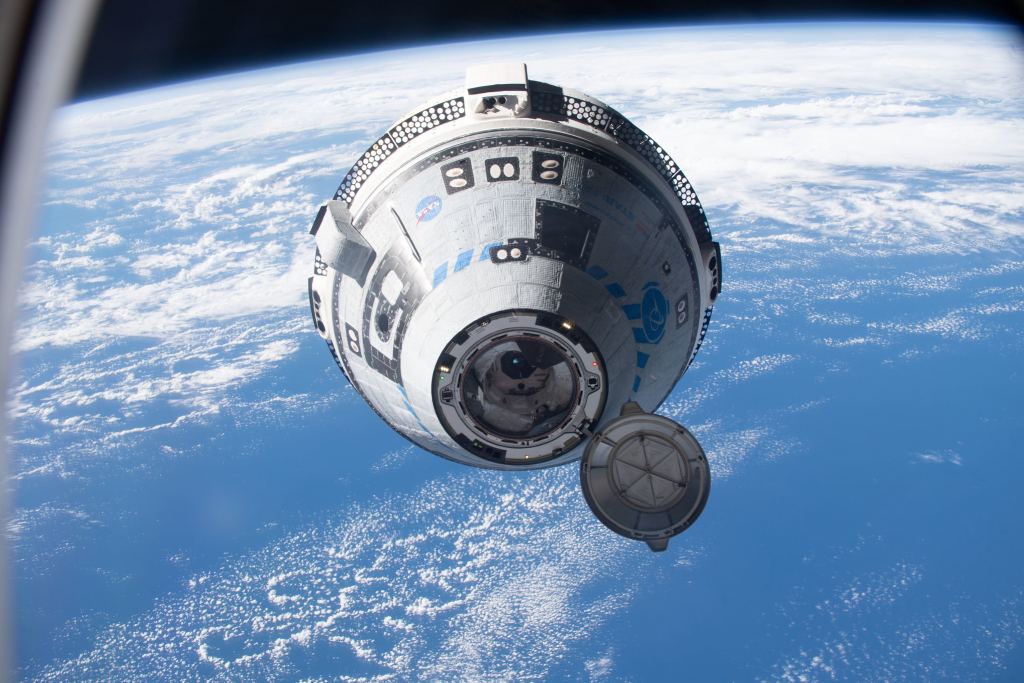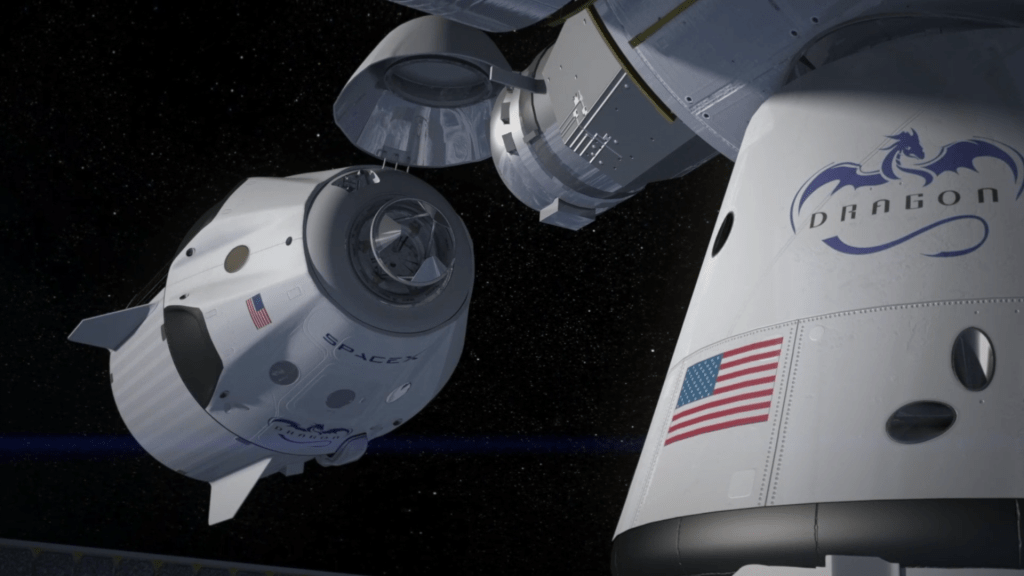On November 15th, 2020, NASA and SpaceX made history by delivering four astronauts to the International Space Station. The Crew-1 mission restored domestic launch capability to the US for the first time since the Space Shuttle retired in 2011. The first all-private mission and the fourth flight of the CCP were mounted by the launch vehicles and spaceships of the company.
NASA recently filed a Notice of Intent to purchase five more Crew Dragon spaceships. The decision was made because of the delays suffered by Boeing and the development of its Starliners. The most significant lesson from this filing is NASA's continued commitment to the space station. The future of the station has been in doubt since the Russians withdrew.

The NOI was filed on June 1st, 2022. NASA will be purchasing five more Crew Transportation Systems as part of the contract they signed with SpaceX. The purpose of this is to ensure that NASA can maintain rotating crews aboard the International Space Station and continue to meet its obligations to its international partners. As it says.
“It is the policy of the United States to maintain an uninterrupted capability for human space flight and operations in low-Earth orbit, and beyond, as an essential instrument of national security and the capability to ensure continued United States participation and leadership in the exploration and utilization of space...
“[A]warding five additional PCMs to SpaceX will ensure redundant and backup capabilities through 2030, which is essential for the following reasons: (i) the obligation to provide continuous flight availability for the safe operation of the ISS; (ii) the potential for anomalies or accidents; (iii) the potential for unforeseen external factors; and, (iv) risks associated with the design of a safe and reliable CTS.”
NASA extended its commitment to the International Space Station until the year 2030. The fate of the International Space Station became the subject of concern in February of this year after Russia invaded Ukraine. The U.S., the EU, and other partners of the International Space Station imposed sanctions on Russia. The Director-General of Roscosmos stated that Russia would withdraw from the program, though it has yet to commit to this course of action.

According to the Notice, NASA's decision was also motivated by concerns regarding the development ofCTS vehicles by both companies contracted through theCCP. Boeing's Starliner was unable to reach the International Space Station due to a technical error. The Starliner successfully launched and rendezvoused with the International Space Station in May of 2022.
NASA isn't confident that Boeing will be able to meet its obligations in the future. The need for backups to ensure that crew replacements can be sent to the International Space Station without interruption is highlighted by these delays. The notice states that.
“Due to the technical and schedule challenges experienced by Boeing, the number of missions previously awarded to Boeing and SpaceX, NASA projections of when alternative crew transportation systems will be available, and the technical challenges associated with establishing and maintaining a CTS capability for crewed flights to the ISS approximately every six months, it is necessary to award five additional PCMs to SpaceX.”
NASA stated that interested organizations are free to submit proposals within 15 days of the NOI being issued. NASA will make a decision based on the capabilities and qualifications of the proposals. Jeff Bezos and the United Launch Alliance have a week to convince NASA to use their concepts instead.

NASA and SpaceX have enjoyed a lucrative relationship recently, highlighted in this notice. NASA has a contract with this company to provide regular launch services. The agency's past reliance on Russian and Russian-owned launch services has been freed by the fact that it is now reliant on SpaceX. The current situation in the Middle East has cast doubt on NASA's decision to use the company again to address its concerns about the continued operation of the International Space Station.
The Artemis III mission will be the first crewed mission to the moon since the Apollo Era. The capsule that will carry the four Artemis III astronauts will launch separately from the space launch system. Two of the astronauts will go to the surface of the Moon after they transfer to the HLS from Cis-lunar space.
It's good for spaceflight if there is a little competition. If you have a beef with Musk, you should get on that.
There is further reading on SAM.gov.